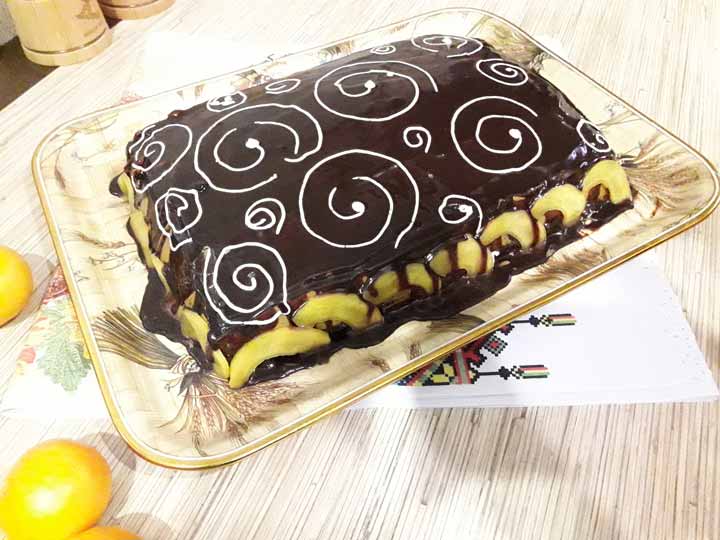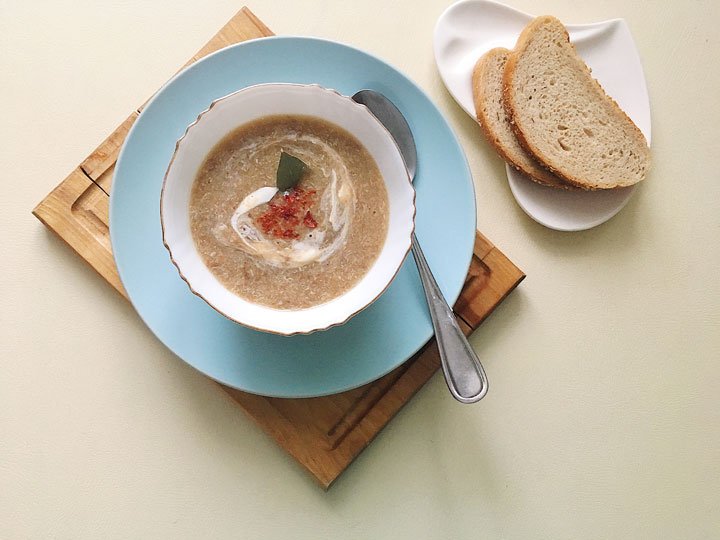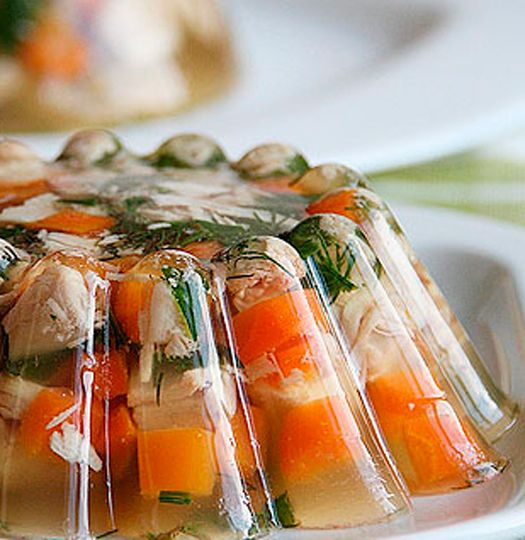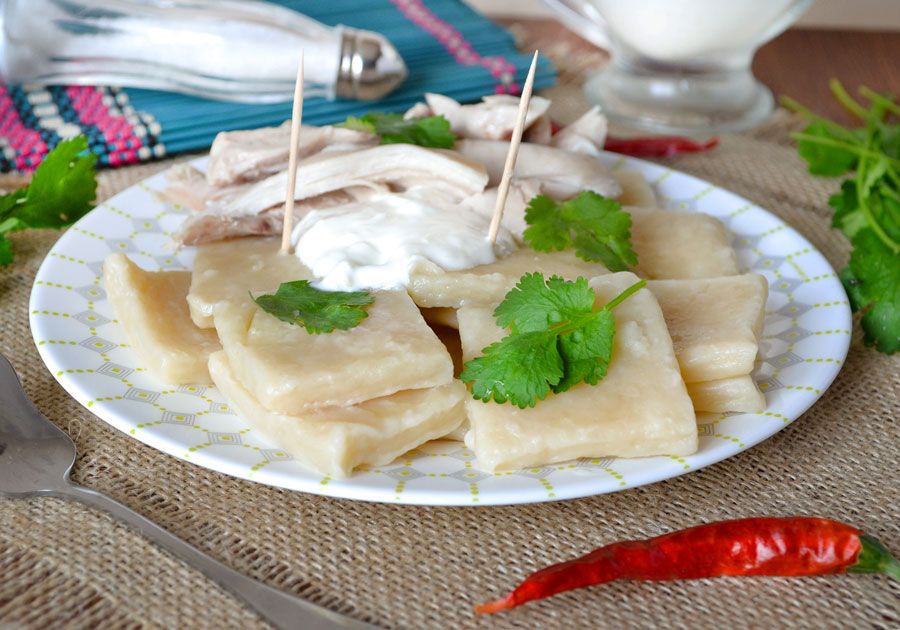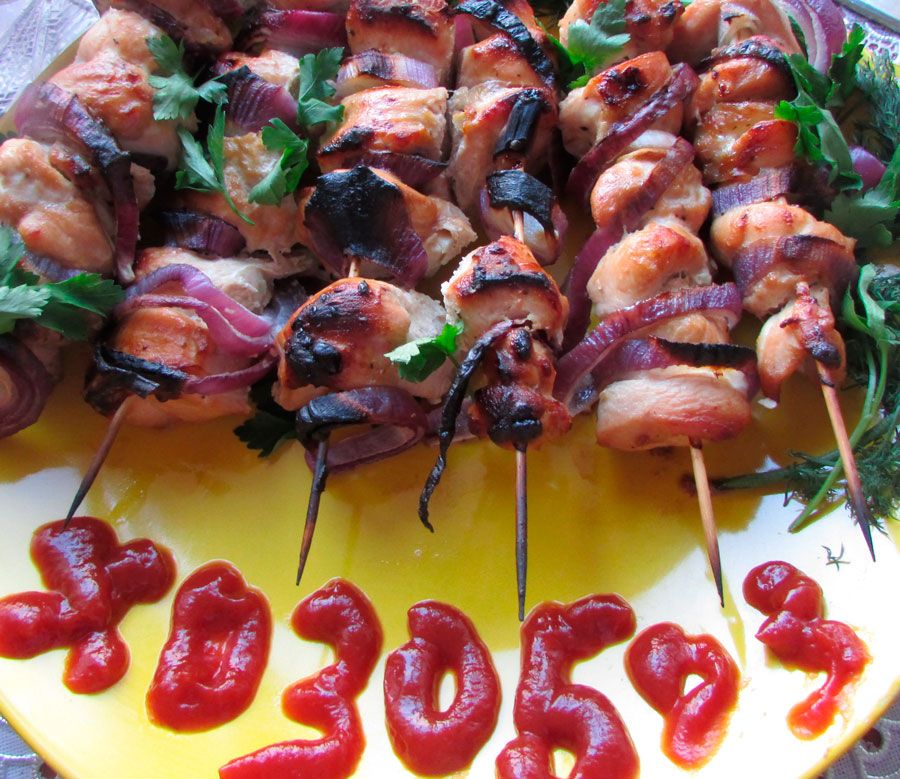Pilaf on fire
- Nutrition Facts
- Calories: 362
- Protein: 10
- Fats: 1,4
- Carbohydrates: 76
- Information
- Time: 1 hour 30 mins
- By: Semka
- Ratings 5
- Your ratings:

Hello dear readers. Today our hero is Uzbek pilaf on the kamado grill. Delicious, juicy, aromatic and truly national. Why you should choose our pilaf, you ask, and you will be right. The answer is simple - our pilaf always and everyone succeeds, however, provided that you strictly adhere to the recipe. It is very important to use the correct rice and guess with the amount of water - this is the main secret of correct pilaf. We will try to be as attentive as possible to details and then our pilaf on the fire will turn out exactly we dreamed of. In the meantime, a little history.
History of the dish
It is impossiable to know when is pilaf's birthday. tTo know we need to accord to some sources, the first mentions of him date back to the II century BC, according to others - to the III century, and this is far from all controversial points. So, for example, today no one could tell you exactly where the homeland of pilaf is. Following to the most popular legend pilaf was allegedly created by a Macedonian cook during a campaign from Asia.
There is even an opinion that the name of the PILAV dish was invented by the great commander personally. And this hypothesis even looks plausible because the very word "pilaf" or, more precisely, "pilav" means nothing more than "various components or a varied composition." Personally, I like this theory very much and therefore I will not talk about others. Better to talk a little about the different names of this wonderful food. I must say right away that it is called everywhere in its own way, and in addition to the pilaf and saw already familiar to us, it is quite possible to meet the melt, Palau, palov osh, palov and others.
So one cannot ignore the fact that pilaf is no less loved in Europe. True, the local recipes are fundamentally different from the Asian ones. The first thing that the Europeans had to replace, if necessary, is oil - instead of cotton or sesame, our compatriots use vegetable oil. Lamb is also rarely used - pork or beef is increasingly used for pilaf in Europe. You can also find tomatoes in our pilaf, which never happens in Asia, and even mushrooms and nuts. Thus, the authentic recipe has almost completely changed. Indeed, in the composition of classic pilaf there are only the following products: rice, carrots, onions, fat tail fat, lamb meat, cottonseed and sesame oil, and as a rule they are used simultaneously.
We took a real Uzbek recipe as a base, making it a little more piquant with garlic and chili peppers, which, by the way, are not prohibited. We also cooked it over an open fire, which will make it especially appetizing. Well, let's finally start cooking Uzbek spicy pilaf.
Ingredients for 1 serving for a company of 6:
- Rice varieties Deviza or Basmatti - 800 g
- Ribs - 1 kg
- Carrots - 600 g
- Onions - 300 g
- Garlic - 3 heads
- Chile - 1-2 pieces
- Quince - 1 piece
- Salt - to taste (about 1 tablespoon without a slide)
- Cottonseed oil - 100 ml
- Sesame oil - 100 ml
How to cook pilaf on fire:
- Let's start with the fact that we thoroughly heat the coals in the kamado grill;

Let's start by lighting the coals well and prepare a good heat
- Place the pot on the grate and heat it well;

On the grill we heat the pilaf kettle well
- Pour the oil into a hot pot and wait for the smoke to go out;

Pour oil into the boiler and wait for the appearance of smoke
- Throw washed, wiped dry and chopped ribs into the smoking oil;

We cut ribs, wash and wipe them, and then put them in a cauldron with hot oil
- Fry the ribs until golden brown;

We fry the ribs well
- Turn the ribs over and fry on the other side;

Now the ribs need to be fried on the other side
- We are waiting for the excess moisture to evaporate and the ribs become crispy;

We must wait until the excess moisture has evaporated and only oil remains in the pot
- The ribs can now be removed into a bowl and set aside;

At this stage, we take the ribs out of the pot; we don’t need them yet
- Now the fat from the soil has rolled into the pot and the remains of oil;

We will continue to work with pilaf to produce fat and butter
- And we send chopped onions to hot oil;

Cut the onion into half rings or dice and send it to the pot, but make sure that it does not burn
- Onions should be fried until transparent, as in the photo;

The onion will be sautéed until clear and lightly browned
- Now add the fried meat to the onion;

Put meat to the pot again
- Send carrots cut into strips to the onion;

Cut the carrots into strips and send them to the cauldron to the onions
- Mix everything well and leave to fry;

Fry carrots with onions and meat, after mixing
- Pour in the rest of the spices such as barberry and cumin, although we insist that this is not at all necessary. ;

Add salt to the zirvak, and, if desired, also barberry and zira
- Mix all the ingredients;

Mix everything well
- And now you need to put chili and washed and peeled chives and one quince;

It's time to add chili, quince and garlic to pilaf
- Zirvak should be filled with water, as in the photo;

We cover the zirvak with boiling water as on the photo
- Now the zirvak should be covered and left to stew for about 20 minutes. Then, if possible, leave the zirvak to infuse for at least 1, or better for a couple of hours.;

The base for pilaf is now covered with a lid and stewed for about 20 minutes, and then we let it brew for at least an hour, and preferably about 3 hours
- Zirvak is usually cooked at a temperature slightly above 150 degrees;

Cooking zirvak at a temperature of about 150 degrees
- When ready, chili, garlic and quince should be taken out of the zirvak so that they do not boil further;

We take out the garlic, chili pods and quince from the base for pilaf
- In the meantime, the rice should be washed to clean water (at least 8 times) and covered with water to swell for 1 hour. We send the finished rice into the pot and cover it with 2 cm of water;

Rice, pre-washed and soaked for an hour in water, pour into pilaf and pour 2 cm over boiling water
- Cook the pilaf until all the water has evaporated, but in no case stir the pilaf. In the process, you just need to move the rice from the sides of the pan to the center;

It is necessary to cook pilaf as long as there is water in it and it is important not to interfere with the cooking process. Together, we simply move the rice from the edges of the pan towards the center, thus ensuring an even cooking
- At the last stage, we return to pilaf all previously removed vegetables;

Put garlic, chili and quince back into the finished pilaf
- Ready pilaf should be put under the lid, covered with a plate and paper towel, and after an hour you can serve it to the table;

When the pilaf is cooked, cover it with a plate and a towel, and then a lid and leave for an hour to release excess moisture.
- We serve pilaf beautifully and on a grand scale, decorating with fragrant chives, spicy chili and, of course, whole quince. Bon appetit!

For serving, put the pilaf itself on a deep plate, and on top of all the aromatic additions, garlic, chili and, of course, the beautiful quince
The benefits of the dish
Guys, pilaf is wonderful in everything. It is nourishing, tasty, aromatic, not too high in calories and just wonderful both on the first day after preparation and a few days after. We are happy to recommend this recipe for health and longevity to everyone and we sincerely hope that it will help diversify your menu. What can you recommend to us? What recipes do you consider very successful, what do you cook at home and what do you treat your friends with? Tell us about it. We really want to be friends and cook together. Your HozOboz!




